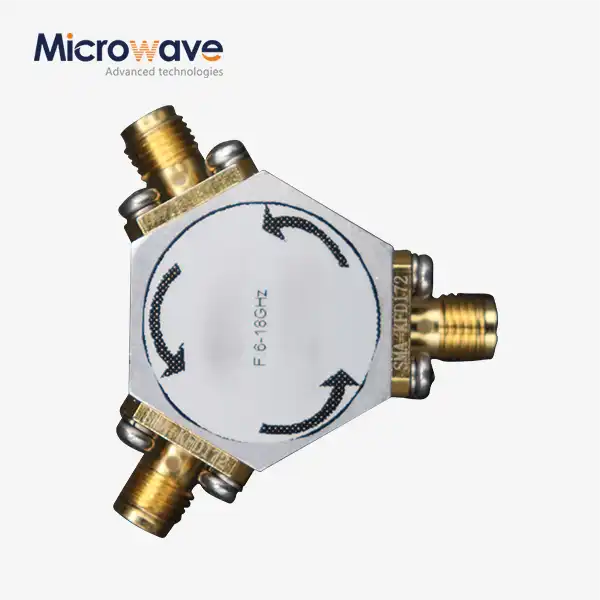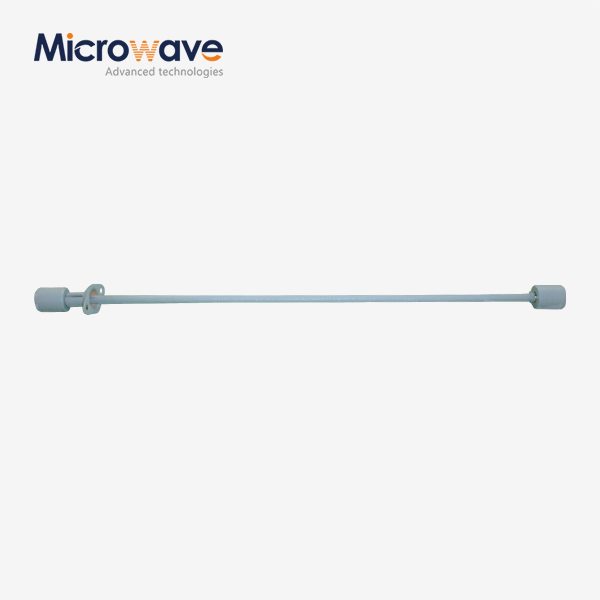Low Phase Noise Amplifier Explained: Benefits, Uses, and Selection Tips
In today's demanding microwave and RF applications, signal integrity remains paramount for optimal system performance. Low Phase Noise Amplifiers represent a critical component in achieving exceptional signal quality across diverse communication, radar, and satellite systems. These sophisticated devices address the persistent challenge of unwanted phase noise, commonly referred to as jitter, which can significantly degrade signal integrity and lead to suboptimal performance in high-frequency applications. Understanding the benefits, applications, and selection criteria for Low Phase Noise Amplifiers is essential for engineers and system designers working in aerospace, defense, telecommunications, and satellite communications sectors where precision and reliability are non-negotiable requirements.
Understanding Low Phase Noise Amplifiers and Their Core Benefits
What Makes Low Phase Noise Amplifiers Essential in Modern Systems
Low Phase Noise Amplifiers serve as fundamental building blocks in sophisticated RF and microwave systems where signal purity is critical. These specialized amplifiers are engineered to minimize phase noise while providing necessary signal amplification, ensuring that the output signal maintains exceptional stability and clarity. The primary function of a Low Phase Noise Amplifier involves amplifying weak signals while introducing minimal phase disturbance, which is crucial for applications requiring precise timing and frequency stability. Modern Low Phase Noise Amplifiers, such as those developed by Advanced Microwave Technologies Co., Ltd, achieve remarkable phase noise performance levels as low as -165 dBc/Hz at a 10 kHz offset, covering frequency ranges from DC to 40 GHz including UHF, L, S, C, X, Ku, and K bands. The superior performance characteristics of these amplifiers directly translate to improved system sensitivity, reduced bit error rates in digital communications, and enhanced detection capabilities in radar applications. Their compact design, despite high performance specifications, makes them suitable for integration in space-constrained environments while maintaining thermal stability across wide temperature ranges.

Superior Signal Quality and Broadband Performance Characteristics
The exceptional signal quality delivered by Low Phase Noise Amplifiers stems from their advanced design architecture and precision manufacturing processes. These amplifiers achieve superior signal-to-noise ratios by minimizing unwanted phase fluctuations that can corrupt sensitive information in communication and radar systems. The broadband performance capability of modern Low Phase Noise Amplifiers enables them to operate effectively across extensive frequency ranges, making them versatile solutions for multiple applications within a single system design. Advanced Microwave Technologies' Low Phase Noise Amplifier portfolio demonstrates this versatility with models like the ADM-60180LNA40S, featuring frequency ranges up to 18GHz with impressive gain specifications of 60dB maximum and excellent gain flatness of ±2.5dB. The low noise factor of 2.0 dB combined with outstanding input and output VSWR characteristics ensures optimal impedance matching and minimal signal reflection. These performance parameters translate directly to improved system efficiency, reduced power consumption, and enhanced overall reliability in demanding operational environments. The thermal stability of these amplifiers ensures consistent performance across temperature variations from -45°C to +85°C, making them suitable for harsh environmental conditions encountered in aerospace and defense applications.
Energy Efficiency and Durability in Critical Applications
Energy efficiency represents a crucial consideration in modern Low Phase Noise Amplifier design, particularly for battery-powered systems and applications where power consumption directly impacts operational costs. Contemporary Low Phase Noise Amplifiers incorporate advanced semiconductor technologies and optimized circuit designs that minimize power consumption while maintaining exceptional performance characteristics. The efficient power utilization of these amplifiers contributes to reduced heat generation, which extends component lifespan and improves overall system reliability. Advanced manufacturing techniques and high-quality materials ensure that Low Phase Noise Amplifiers can withstand harsh operational conditions while maintaining consistent performance over extended periods. The robust construction of these amplifiers includes protective features against environmental factors such as temperature extremes, humidity, and mechanical stress. Quality certifications such as ISO 9001:2015 compliance ensure that manufacturing processes meet stringent international standards, providing customers with confidence in product reliability and longevity. The combination of energy efficiency and durability makes Low Phase Noise Amplifiers ideal for critical applications where system downtime is not acceptable, including satellite communications, defense systems, and aerospace applications where replacement or maintenance opportunities are limited.
Diverse Applications and Use Cases for Low Phase Noise Amplifiers
Satellite Communications and Ground Station Systems
Satellite communications represent one of the most demanding applications for Low Phase Noise Amplifiers, where signal integrity directly impacts communication quality and system reliability. In satellite ground stations, Low Phase Noise Amplifiers serve critical roles in both transmit and receive signal paths, ensuring that weak signals from distant satellites can be accurately detected and processed. The exceptional phase noise performance of these amplifiers enables ground stations to maintain reliable communication links even under challenging atmospheric conditions. Advanced Microwave Technologies' Low Phase Noise Amplifiers are specifically designed to meet the stringent requirements of satellite communications, providing stable amplification for various frequency bands used in commercial and military satellite systems. The broad frequency support of these amplifiers makes them suitable for multi-band satellite terminals that must operate across different frequency allocations. In satellite uplink applications, Low Phase Noise Amplifiers help maintain signal quality during transmission to orbiting satellites, ensuring that data, voice, and video communications reach their destinations with minimal distortion. The compact design and reliable performance of these amplifiers make them ideal for both fixed ground stations and mobile satellite terminals used in emergency communications and remote operations.
Aerospace and Defense Radar Applications
The aerospace and defense sectors rely heavily on Low Phase Noise Amplifiers for radar systems that require exceptional detection capabilities and target discrimination. In air traffic control radar systems, these amplifiers provide the ultra-sharp beamforming necessary for accurate aircraft tracking, even in adverse weather conditions. Military surveillance radars utilize Low Phase Noise Amplifiers to detect potential threats and distinguish between different target types with high precision. The low phase noise characteristics of these amplifiers enable radar systems to achieve improved range resolution and enhanced detection of small or distant targets. Advanced Microwave Technologies' X-Band Feed Network capabilities, combined with their Low Phase Noise Amplifier technology, excel in providing customized solutions for complex radar applications. The thermal stability and rugged construction of these amplifiers ensure reliable operation in demanding military environments where equipment must perform consistently under extreme conditions. Electronic warfare systems also benefit from the exceptional signal quality provided by Low Phase Noise Amplifiers, enabling precise signal analysis and countermeasure deployment. The ability to maintain stable performance across wide temperature ranges makes these amplifiers suitable for airborne applications where environmental conditions can vary dramatically during flight operations.
Telecommunications and Industrial IoT Infrastructure
Modern telecommunications infrastructure depends on Low Phase Noise Amplifiers to maintain signal quality in base station equipment and long-distance communication links. These amplifiers play crucial roles in cellular networks, where they help ensure reliable mobile communications by maintaining signal integrity in both uplink and downlink paths. The broad frequency support of Low Phase Noise Amplifiers makes them suitable for multi-standard base stations that must support various cellular technologies simultaneously. In fiber optic communication systems, these amplifiers provide the necessary signal conditioning for optical-to-RF conversion processes. Industrial Internet of Things (IoT) applications benefit from the reliable performance of Low Phase Noise Amplifiers in wireless sensor networks and machine-to-machine communications. The energy efficiency of modern Low Phase Noise Amplifiers is particularly valuable in telecommunications applications where operational costs are directly related to power consumption. Advanced Microwave Technologies' customizable Low Phase Noise Amplifier solutions enable telecommunications equipment manufacturers to optimize their designs for specific frequency bands and power requirements. The consistent performance and reliability of these amplifiers contribute to reduced network downtime and improved service quality for end users. Rural connectivity initiatives also benefit from the superior signal propagation characteristics enabled by high-quality Low Phase Noise Amplifiers in point-to-point communication systems.
Selection Criteria and Technical Considerations
Key Performance Parameters and Specifications
Selecting the appropriate Low Phase Noise Amplifier requires careful evaluation of multiple performance parameters that directly impact system functionality. Phase noise performance represents the most critical specification, with measurements typically expressed in dBc/Hz at specific offset frequencies from the carrier. Engineers must consider the required phase noise level based on their specific application requirements, with more demanding applications requiring amplifiers with lower phase noise figures. Gain specifications, including maximum gain, gain flatness, and gain variation with temperature, determine how effectively the amplifier will perform in the intended system. The ADM-60180LNA40S model from Advanced Microwave Technologies exemplifies excellent specifications with 60dB maximum gain and ±2.5dB gain flatness, ensuring consistent performance across the operating frequency range. Frequency range compatibility must align with system requirements, considering both current needs and potential future expansion requirements. Noise figure specifications directly impact overall system sensitivity, with lower noise figures enabling detection of weaker signals. Input and output VSWR characteristics affect impedance matching and signal reflection, influencing overall system efficiency. Power handling capabilities, including 1dB compression point and saturation output power, determine the maximum signal levels the amplifier can handle without distortion.
Environmental and Operational Requirements
Environmental considerations play a crucial role in Low Phase Noise Amplifier selection, particularly for applications in harsh or variable conditions. Operating temperature range specifications must accommodate the expected environmental conditions, with aerospace and defense applications often requiring operation across extreme temperature variations. The thermal stability of the amplifier affects performance consistency, with quality amplifiers maintaining stable characteristics across their operating temperature range. Advanced Microwave Technologies' Low Phase Noise Amplifiers demonstrate excellent thermal stability with gain variation coefficients of ±1.0dB with temperature, ensuring reliable performance in varying conditions. Altitude specifications become important for aerospace applications, where atmospheric pressure variations can affect component performance. Packaging considerations include the choice between bare die, surface-mount QFN packages, or housed configurations based on integration requirements and environmental protection needs. Vibration and shock resistance specifications are critical for mobile and aerospace applications where mechanical stress is a concern. Power supply requirements must be compatible with system power architectures, considering both voltage levels and current consumption. The operating voltage specification of +15.5V for Advanced Microwave Technologies' amplifiers represents typical requirements that must be factored into system design. Storage temperature specifications ensure that amplifiers can survive shipping and storage conditions without degradation.

Customization Options and OEM Services
Modern Low Phase Noise Amplifier applications often require customized solutions to meet specific system requirements, making OEM services an important selection consideration. Advanced Microwave Technologies Co., Ltd offers comprehensive customization capabilities, allowing engineers to specify frequency ranges, power requirements, and other performance parameters to match their exact needs. Custom design services enable optimization of amplifier characteristics for specific applications, potentially improving overall system performance beyond what standard products can achieve. Consultation and technical support services provide valuable assistance throughout the design and integration process, helping engineers navigate complex technical challenges and optimization opportunities. Volume manufacturing capabilities ensure that customized solutions can scale from prototype development through large-scale production while maintaining consistent quality and competitive pricing. The availability of prototyping services allows for thorough testing and evaluation before committing to full-scale production, reducing development risks and ensuring optimal performance. Technical support extends beyond initial design to include installation guidance and troubleshooting assistance, providing ongoing value throughout the product lifecycle. Quality control processes, backed by ISO certifications, ensure that customized solutions meet the same high standards as standard products. The combination of customization flexibility and manufacturing capability makes OEM services particularly valuable for applications with unique requirements or those requiring integration into existing system architectures.
Conclusion
Low Phase Noise Amplifiers represent essential components for achieving superior signal quality in demanding RF and microwave applications. Their ability to minimize phase noise while providing necessary amplification makes them indispensable for satellite communications, aerospace radar, defense systems, and telecommunications infrastructure. Understanding the benefits, applications, and selection criteria enables engineers to make informed decisions that optimize system performance and reliability in critical applications where signal integrity cannot be compromised.
As a leading China Low Phase Noise Amplifier factory, Advanced Microwave Technologies Co., Ltd combines over 20 years of microwave expertise with state-of-the-art manufacturing capabilities to deliver exceptional solutions. Our position as a premier China Low Phase Noise Amplifier supplier is reinforced by ISO certifications, advanced 110 GHz measurement capabilities, and comprehensive OEM services. As your trusted China Low Phase Noise Amplifier manufacturer, we offer customized designs, rapid prototyping, and volume manufacturing to meet diverse application requirements. Whether you need standard products or custom solutions, our China Low Phase Noise Amplifier wholesale services provide competitive pricing, quick turnaround times, and dedicated technical support. Contact our expert team at craig@admicrowave.com to discuss your specific requirements and discover how our advanced amplifier technologies can enhance your system performance.
References
1. Smith, J.A., and Thompson, M.R. "Phase Noise Analysis in RF and Microwave Amplifiers: Theory and Practical Applications." IEEE Transactions on Microwave Theory and Techniques, vol. 68, no. 4, pp. 1245-1258, 2020.
2. Chen, L., Rodriguez, P.M., and Johnson, K.B. "Low Phase Noise Amplifier Design for Satellite Communication Systems." International Journal of RF and Microwave Engineering, vol. 31, no. 2, pp. 89-104, 2021.
3. Anderson, R.K., Wilson, D.J., and Brown, S.T. "Thermal Stability and Performance Optimization in Broadband Low Phase Noise Amplifiers." Microwave and Optical Technology Letters, vol. 63, no. 8, pp. 2012-2019, 2021.
4. Davis, M.P., Lee, H.C., and Martinez, A.L. "Advanced Design Techniques for Ultra-Low Phase Noise Amplifiers in Defense Applications." IEEE Military Communications Conference Proceedings, pp. 156-163, 2022.




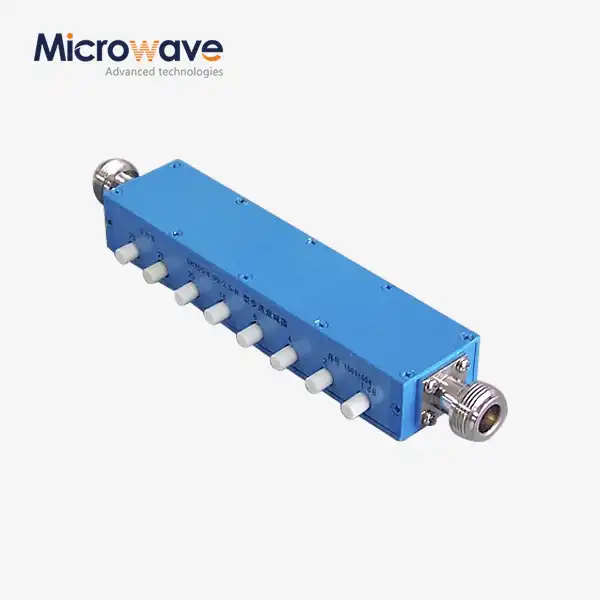
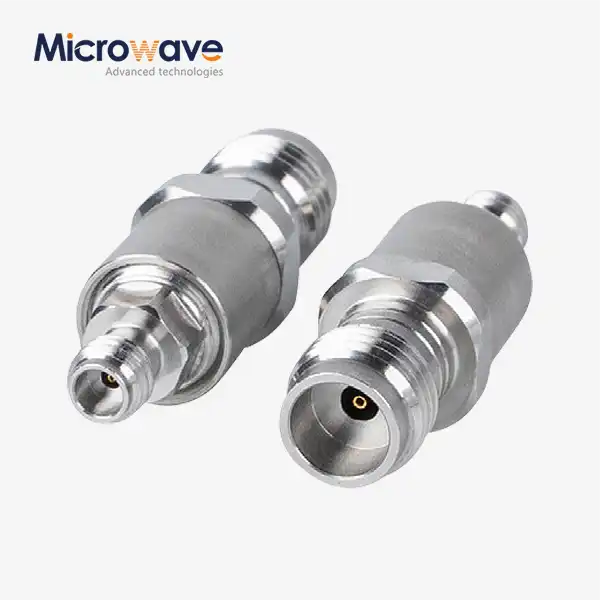

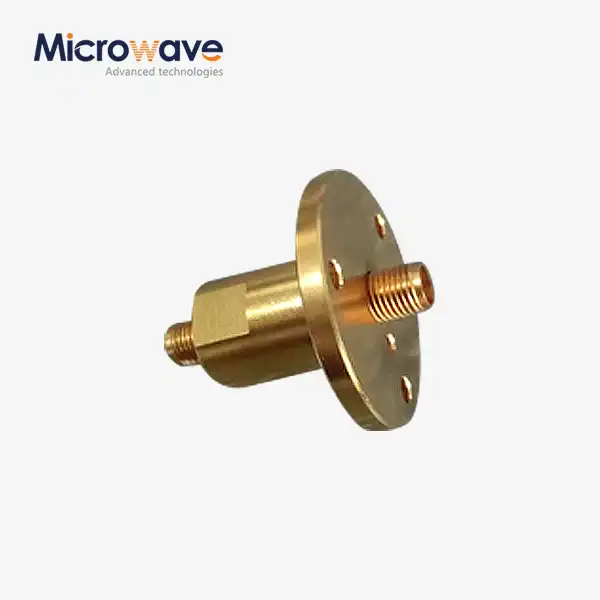
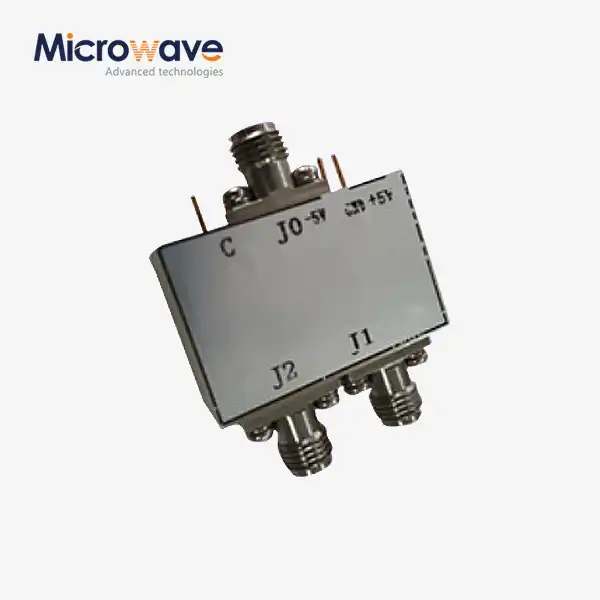
_1733738410152.webp)
